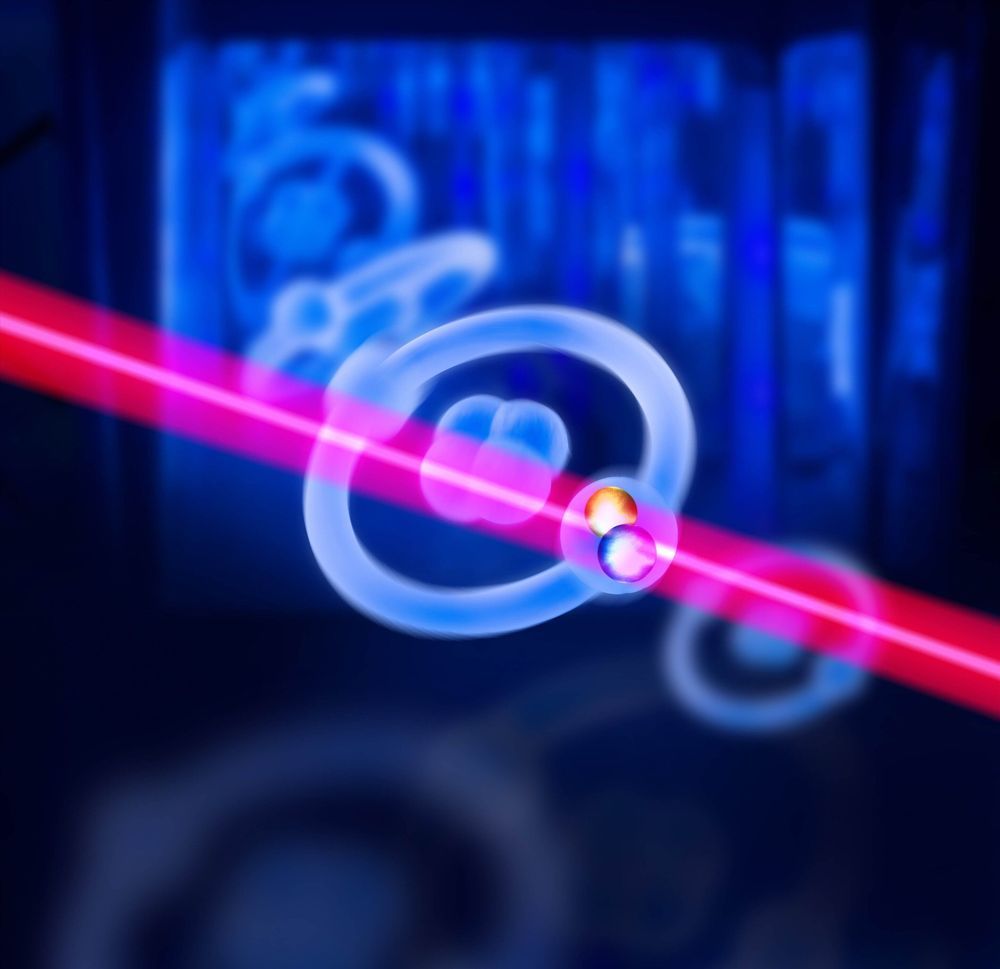Exotic atoms in which electrons are replaced by other subatomic particles of the same charge allow deep insights into the quantum world. After eight years of ongoing research, a group led by Masaki Hori, senior physicist at the Max Planck Institute of Quantum Optics in Garching, Germany, has now succeeded in a challenging experiment: In a helium atom, they replaced an electron with a pion in a specific quantum state and verified the existence of this long-lived “pionic helium” for the very first time. The usually short-lived pion could thereby exist 1000 times longer than it normally would in other varieties of matter. Pions belong to an important family of particles that determine the stability and decay of atomic nuclei. The pionic helium atom enables scientists to study pions in an extremely precise manner using laser spectroscopy. The research is published in this week’s edition of Nature.
For eight years, the group worked on this challenging experiment, which has the potential to establish a new field of research. The team experimentally demonstrated for the first time that long-lived pionic helium atoms really exist. “It is a form of chemical reaction that happens automatically,” explains Hori. The exotic atom was first theoretically predicted in 1964 after experiments at that time pointed toward its existence. However, it was considered extremely difficult to verify this prediction experimentally. Usually, in an atom, the extremely short-lived pion decays quickly. However, in pionic helium, it can be conserved in a sense so it lives 1000 times longer than it normally does in other atoms.









Comments are closed.